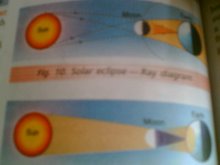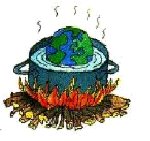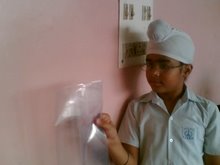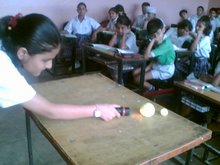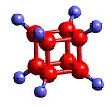
The major sources of water pollution can be classified as municipal, industrial, and agricultural. Municipal water pollution consists of waste water from homes and commercial establishments. For many years, the main goal of treating municipal
wastewater was simply to reduce its content of suspended solids, oxygen-demanding materials, dissolved inorganic compounds, and harmful bacteria. In recent years, however, more stress has been placed on improving means of disposal of the solid residues from the municipal treatment processes. The basic methods of treating municipal wastewater fall into three stages: primary treatment, including grit removal, screening, grinding, and sedimentation; secondary treatment, which entails oxidation of dissolved organic matter by means of using biologically active sludge, which is then filtered off; and tertiary treatment, in which advanced biological methods of nitrogen removal and chemical and physical methods such as granular filtration and activated carbon absorption are employed. The handling and disposal of solid residues can
account for 25 to 50 percent of the capital and operational costs of a treatment plant. The characteristics of industrial waste waters can differ considerably both within and among industries. The impact of industrial discharges depends not only on their
collective characteristics, such as biochemical oxygen demand and the amount of suspended solids, but also on their content of specific inorganic and organic substances. Three options are available in controlling industrial wastewater. Control can take place at the point of generation in the plant; wastewater can be pretreated for discharge to municipal treatment sources; or wastewater can be treated completely at the plant and either reused or discharged directly into receiving waters.














